USTR Issues Tariffs on Chinese Products in Response to Unfair Trade Practices
Washington, DC – The Office of the United States Trade Representative (USTR) today released a list of products imported from China that will be subject to additional tariffs as part of the U.S. response to China’s unfair trade practices related to the forced transfer of American technology and intellectual property.
On May 29, 2018, President Trump stated that USTR shall announce by June 15 the imposition of an additional duty of 25 percent on approximately $50 billion worth of Chinese imports containing industrially significant technologies, including those related to China’s “Made in China 2025” industrial policy. Today’s action comes after an exhaustive Section 301 investigation in which USTR found that China’s acts, policies and practices related to technology transfer, intellectual property, and innovation are unreasonable and discriminatory, and burden U.S. commerce.
“We must take strong defensive actions to protect America’s leadership in technology and innovation against the unprecedented threat posed by China’s theft of our intellectual property, the forced transfer of American technology, and its cyber attacks on our computer networks,” said Ambassador Robert Lighthizer. “China’s government is aggressively working to undermine America’s high-tech industries and our economic leadership through unfair trade practices and industrial policies like ‘Made in China 2025.’ Technology and innovation are America’s greatest economic assets and President Trump rightfully recognizes that if we want our country to have a prosperous future, we must take a stand now to uphold fair trade and protect American competitiveness.”
The list of products issued today covers 1,102 separate U.S. tariff lines valued at approximately $50 billion in 2018 trade values. This list was compiled based on extensive interagency analysis and a thorough examination of comments and testimony from interested parties. It generally focuses on products from industrial sectors that contribute to or benefit from the “Made in China 2025” industrial policy, which include industries such as aerospace, information and communications technology, robotics, industrial machinery, new materials, and automobiles. The list does not include goods commonly purchased by American consumers such as cellular telephones or televisions.
This list of products consists of two sets of U.S tariff lines. The first set contains 818 lines of the original 1,333 lines that were included on the proposed list published on April 6. These lines cover approximately $34 billion worth of imports from China. USTR has determined to impose an additional duty of 25 percent on these 818 product lines after having sought and received views from the public and advice from the appropriate trade advisory committees. Customs and Border Protection will begin to collect the additional duties on July 6, 2018.
The second set contains 284 proposed tariff lines identified by the interagency Section 301 Committee as benefiting from Chinese industrial policies, including the “Made in China 2025” industrial policy. These 284 lines, which cover approximately $16 billion worth of imports from China, will undergo further review in a public notice and comment process, including a public hearing. After completion of this process, USTR will issue a final determination on the products from this list that would be subject to the additional duties.
USTR recognizes that some U.S. companies may have an interest in importing items from China that are covered by the additional duties. Accordingly, USTR will soon provide an opportunity for the public to request the exclusion of particular products from the additional duties subject to this action. USTR will issue a notice in the Federal Register with details regarding this process within the next few weeks.
Background
President Trump announced on March 22, 2018, that USTR shall publish a proposed list of products and any intended tariff increases in order to address the acts, policies, and practices of China that are unreasonable or discriminatory and that burden or restrict U.S. commerce.
These acts, policies and practices of China include those that coerce American companies into transferring their technology and intellectual property to domestic Chinese enterprises. They bolster China’s stated intention of seizing economic dominance of certain advanced technology sectors as set forth in its industrial plans, such as “Made in China 2025.” (See USTR Section 301 Report here.)
On April 3, USTR announced a proposed list of 1,333 products that may be subject to an additional duty of 25 percent, and sought comments from interested persons and the appropriate trade advisory committees.
Interested persons filed approximately 3,200 written submissions. In addition, USTR and the Section 301 Committee convened a three-day public hearing from May 15-17, 2018, during which 121 witnesses provided testimony and responded to questions. The public submissions and a transcript of the hearing are available on www.regulations.gov in docket number USTR-2018-0005.
Click here to view a fact sheet on the Section 301 product list.
Click here to view a fact sheet on the Section 301 investigation.




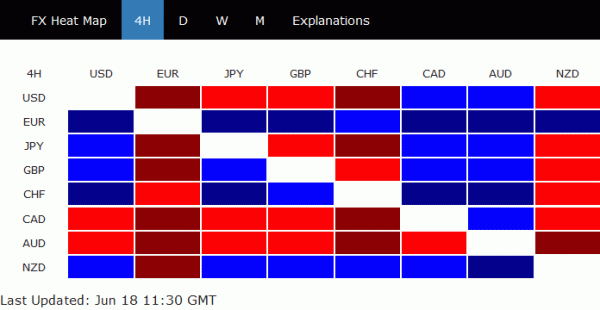
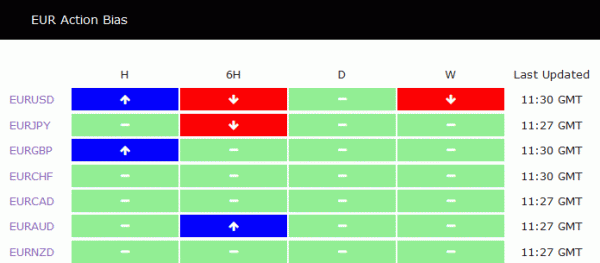
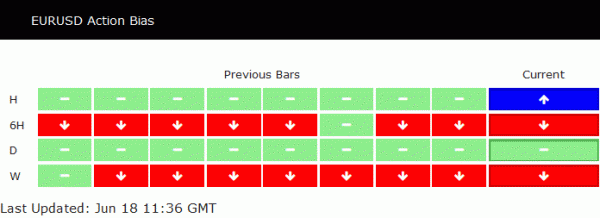
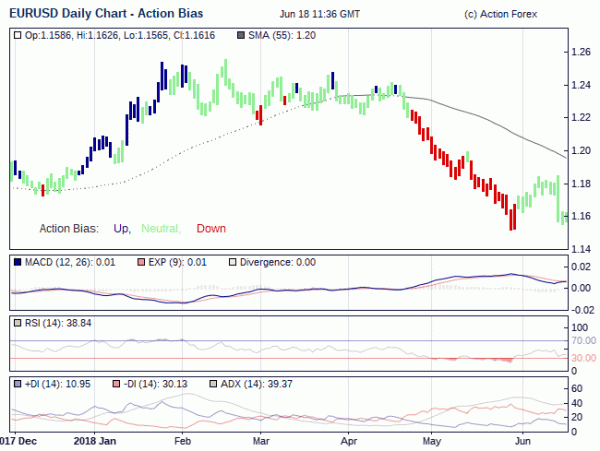
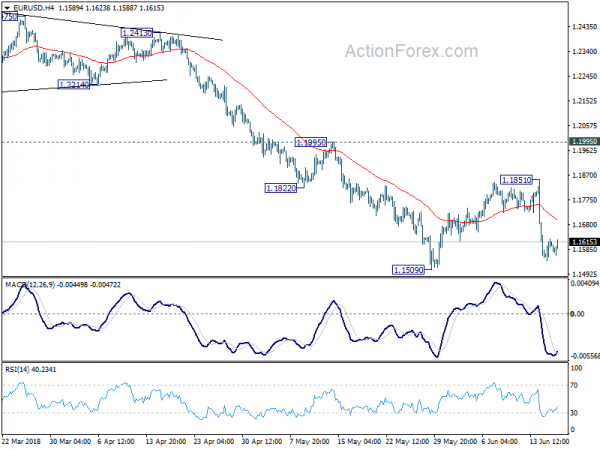
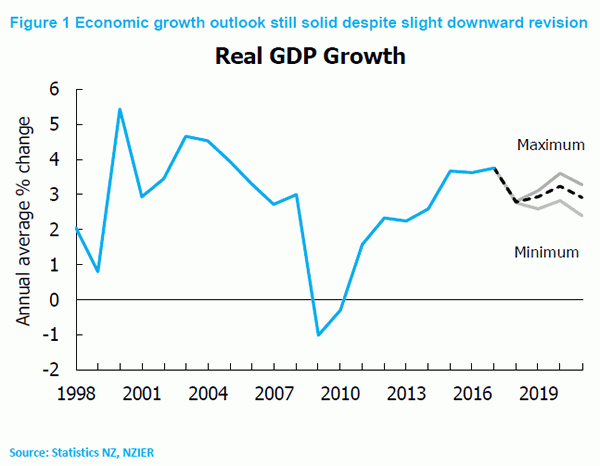
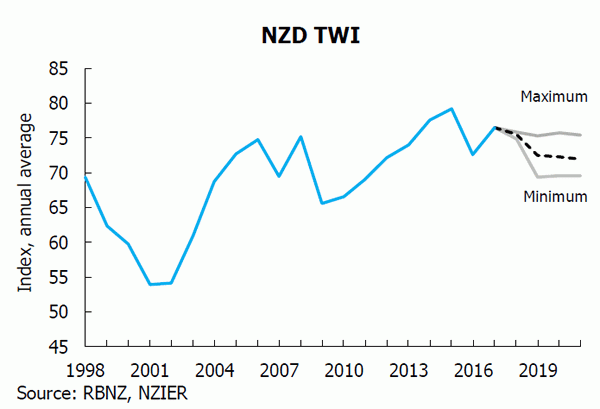
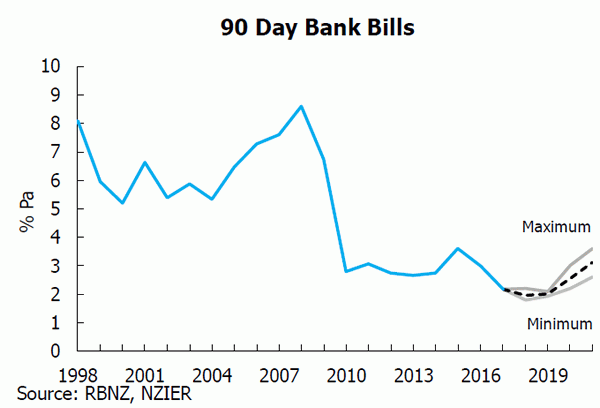
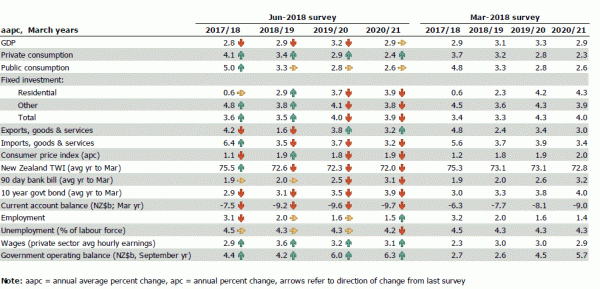


US farmer group to launch TV ads against trade war
Trump’s protectionist trade policy are causing a lot of concerns from US farmers. The steel and aluminum tariffs on Mexico have already triggered retaliation on US agriculture products. The trade war with China is even a bigger concern. Brian Kuehl, executive director of Farmers for Free Trade, said “the reason you are seeing people increase the pressure now is because the pressure is increasing on them. Now the impact is really starting to hit. It is not something you can just take lightly.”
The group issued a statement last week in response to the section 301 tariffs on China. There it noted imposing tariffs on China is “no longer a negotiating tactic” and it’s a “tax” on farmers livelihoods. It’s “downright scary”. And the group criticized that the tariffs is a “win for our competitors”, including South Maerica and Australia. The group called for elected officials to stop this trade war.
Here is the statement:
Farmers for Free Trade Executive Director, Brian Kuehl released the following statement following reports that the Administration will move forward with $50 billion in tariffs on China which are expected to result in heavy retaliatory tariffs on U.S. agricultural exports.
“For American farmers this isn’t theoretical anymore, it’s downright scary. It’s no longer a negotiating tactic, it’s a tax on their livelihoods. Within days, soybean, corn, wheat and other American farmers are likely to be hit with retaliatory tariff of up to 25% on exports that keep their operations afloat. When they do, they’re not going to remain silent.
“The imposition of these tariffs is not only a blow to our farmers, it’s a win for our competitors. When American soybeans and corn become more expensive, South America wins. When beef becomes more expensive, Australia wins. As this trade war drags on, farmers will rightly question why our competitors are winning while we’re losing.
“Farmers for Free Trade will continue to hold town hall meetings across the country this summer to ensure farmer’s voices are being heard. The message will be loud and clear: American farmers demand that elected officials support them by ending this trade war.”
The group will also launch a TV ads on Tuesday in Pennsylvania and Michigan urging Trump to stop trade war.
By loading the video, you agree to YouTube’s privacy policy.
Learn more
Load video